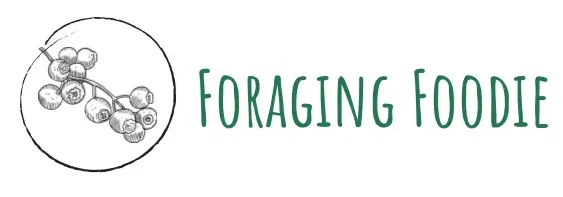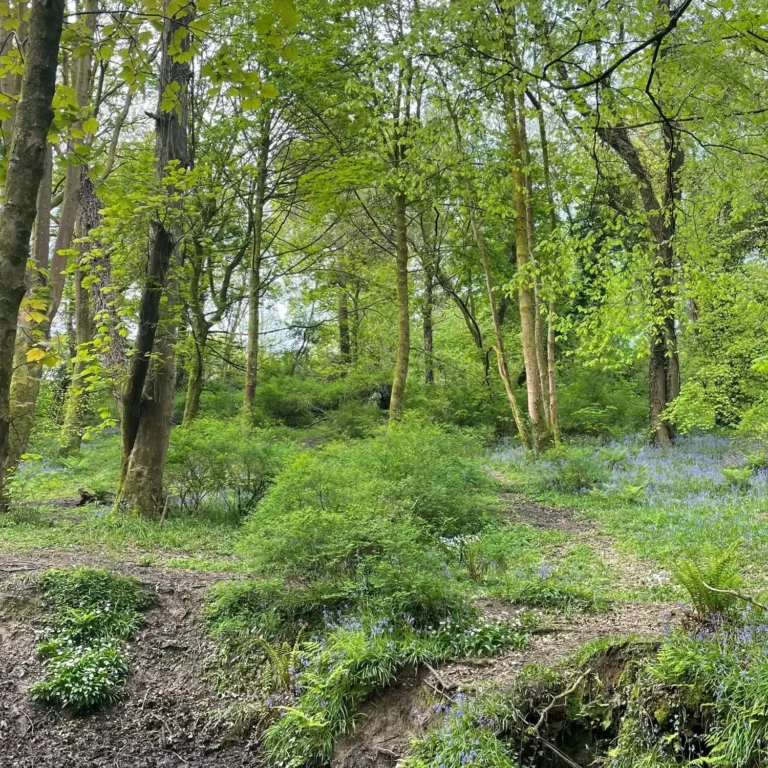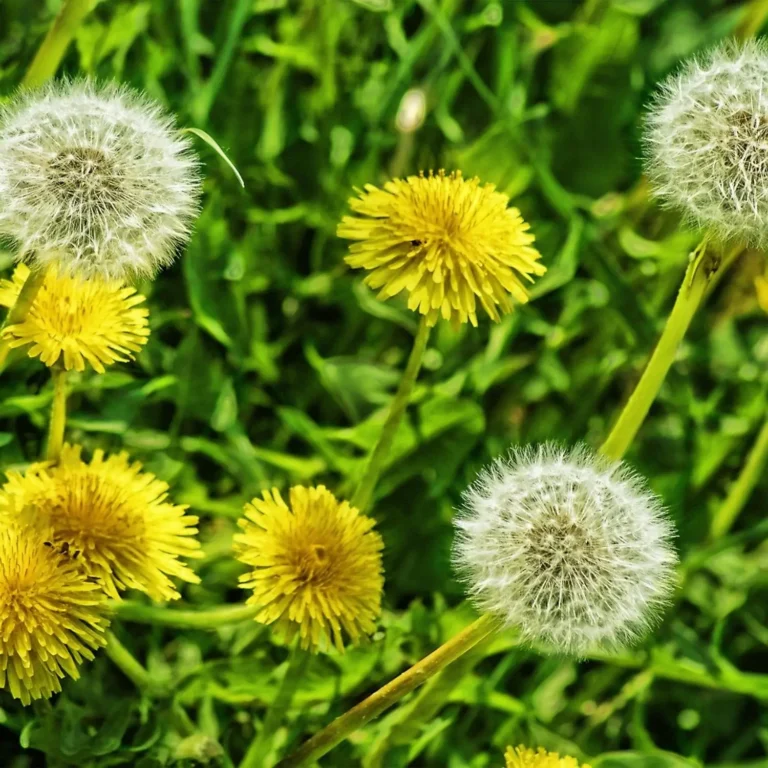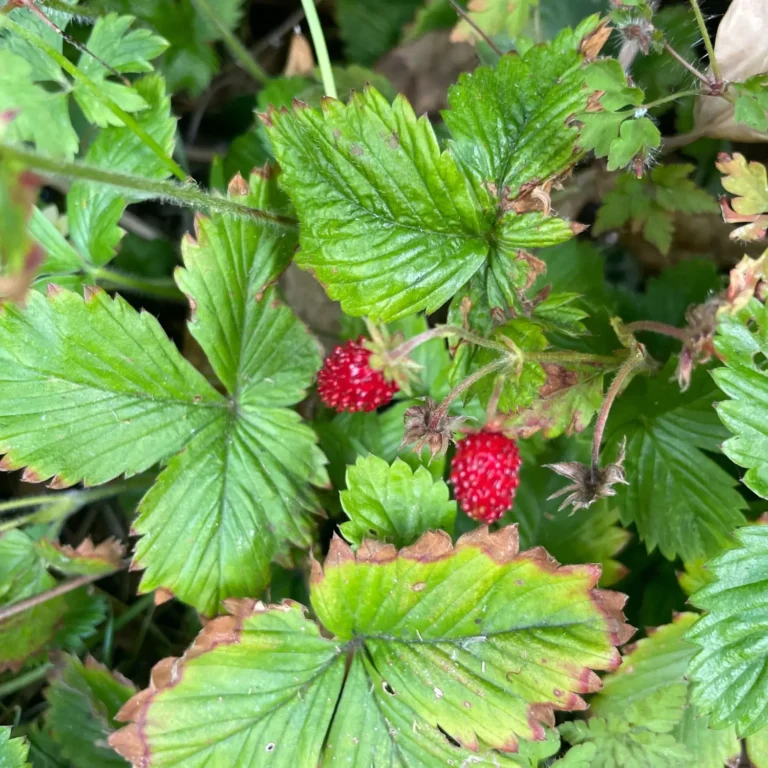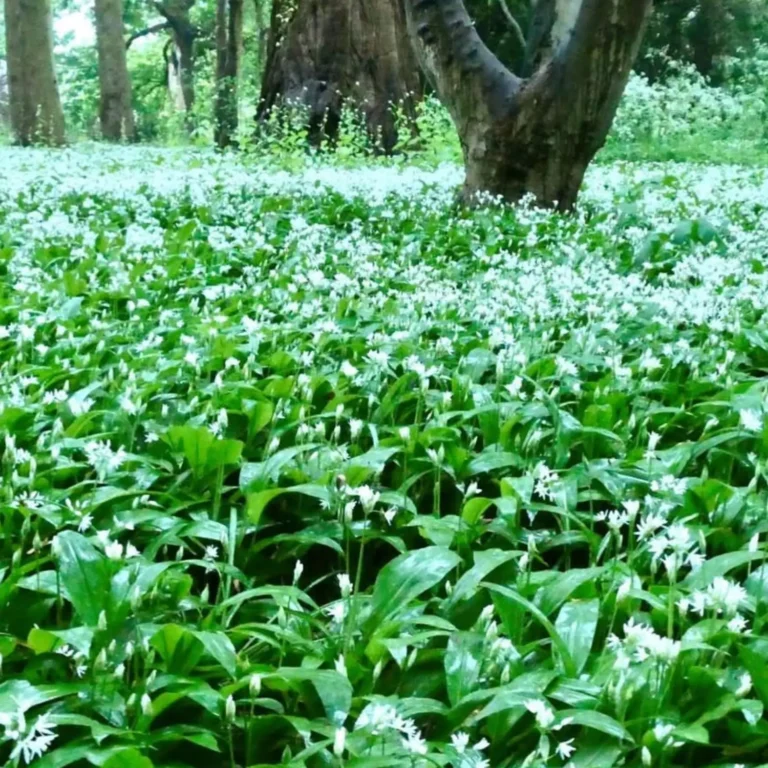Foraging in the UK is an incredible way to reconnect with nature, eat seasonally and bring something a little magical into your cooking. But before you grab your basket and head for the hedgerows, it’s important to know the rules, not to be a buzzkill, but to keep yourself (and the environment) safe and sustainable.
I’m not here to give you a lecture, just a straightforward guide to what’s allowed, what’s frowned upon, and how to be a respectful, responsible forager.
1. The Four Fs: What You’re Allowed to Forage
In the UK, the law allows you to forage the Four Fs on public land or with the landowner’s permission:
- Fungi
- Fruit
- Flowers
- Foliage
So things like blackberries, elderflowers, wild garlic and chestnuts? Fair game. But always double-check if you’re in a protected area (like a nature reserve) or picking from someone’s private land.
Harriet’s tip: If there’s a fence, wall or “no trespassing” sign, it’s not yours to pick. And if in doubt – ask!
2. No Digging Allowed (Without Permission)
You can’t legally uproot plants, like wild garlic bulbs or horseradish root, without the landowner’s permission. Picking the leaves? That’s fine. Digging them up? That’s a legal no-go unless it’s your own land or you’ve been given the thumbs-up.
3. Protected Species = Hands Off
Some wild plants and fungi are protected by law, even if they look abundant. The Wildlife and Countryside Act 1981 makes it illegal to pick certain species, so always check before harvesting.
Helpful resource: Link to the Schedule 8 protected species list
Harriet’s note: If you’re not 100% sure what you’re picking, it’s best to leave it. The joy of foraging comes with patience and practice.
4. Don’t Strip the Land Bare
The golden rule of foraging? Take a little, leave a lot.
You’re not the only one out there. Wildlife relies on berries, seeds and plants for food, and other foragers would like a taste too.
A good rule of thumb:
- Pick from multiple spots, not just one plant
- Leave behind at least two-thirds
- Only take what you know you’ll use
5. Safety First: Know What You’re Picking
Mushrooms can be magical… or fatal.
Foraging is all fun and hedgerows until you accidentally eat something toxic. Never eat a wild plant or fungus unless you’re completely certain it’s safe and edible.
What I do: I triple-check every unfamiliar ingredient using:
- Reliable ID books
- Multiple foraging apps
- Trusted online foraging groups
- My own cautious gut
No shame in skipping something you’re unsure about. In fact, it’s smart.
6. Foraging in Parks, Forests & Nature Reserves
You might think big public green spaces are fair game – but many are protected or managed. Some allow responsible foraging; others don’t.
Always check the rules for:
- National Trust sites
- Local parks
- Woodland Trust forests
- Sites of Special Scientific Interest (SSSIs)
Harriet’s reminder: A friendly chat can go a long way. Most people are happy to help and appreciate those who forage respectfully.
7. Be a Good Foraging Citizen
- Leave no trace (take litter and containers with you)
- Don’t trample fragile habitats
- Don’t disturb wildlife
- Be discreet, not greedy
- Respect private property
We want wild food to be around for future generations and over-picking or careless foraging ruins it for everyone.
Foraging is one of the most joyful, grounding ways to connect with food. With a little care, curiosity and common sense, you can safely gather ingredients that feel like treasure without harming the environment or falling foul of the law.
So grab your basket, do your research, and enjoy the wild world around you. Nature has more flavour than you think and it’s ours to share, not to steal.
